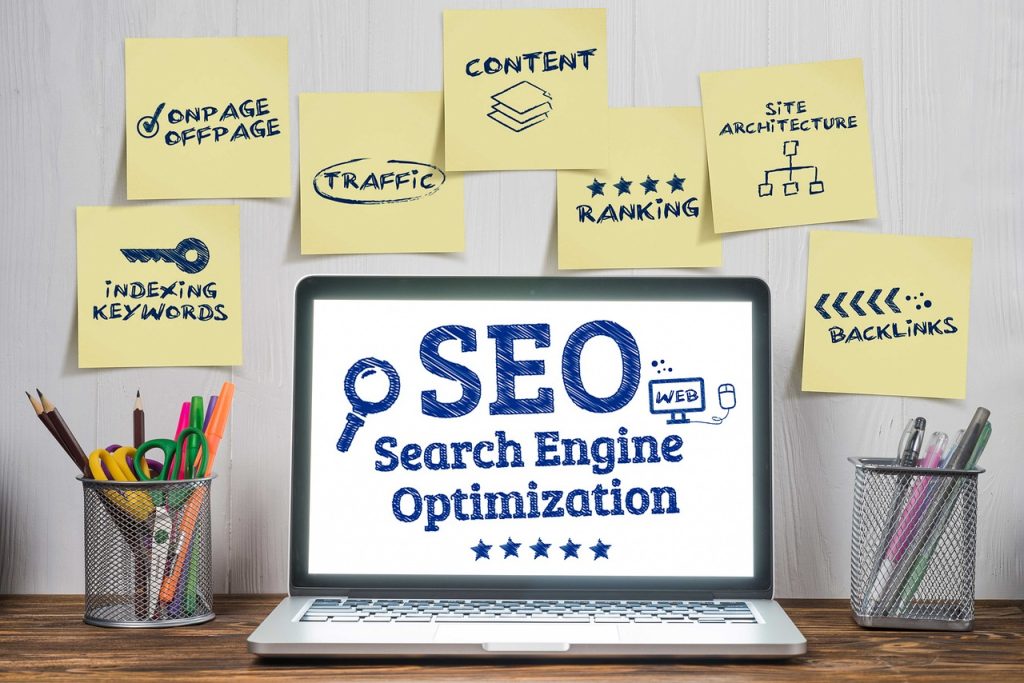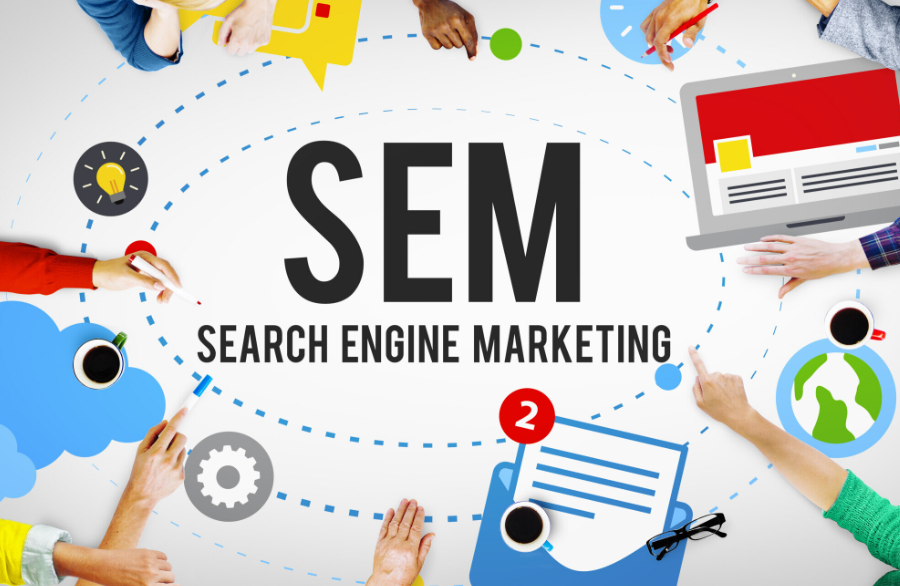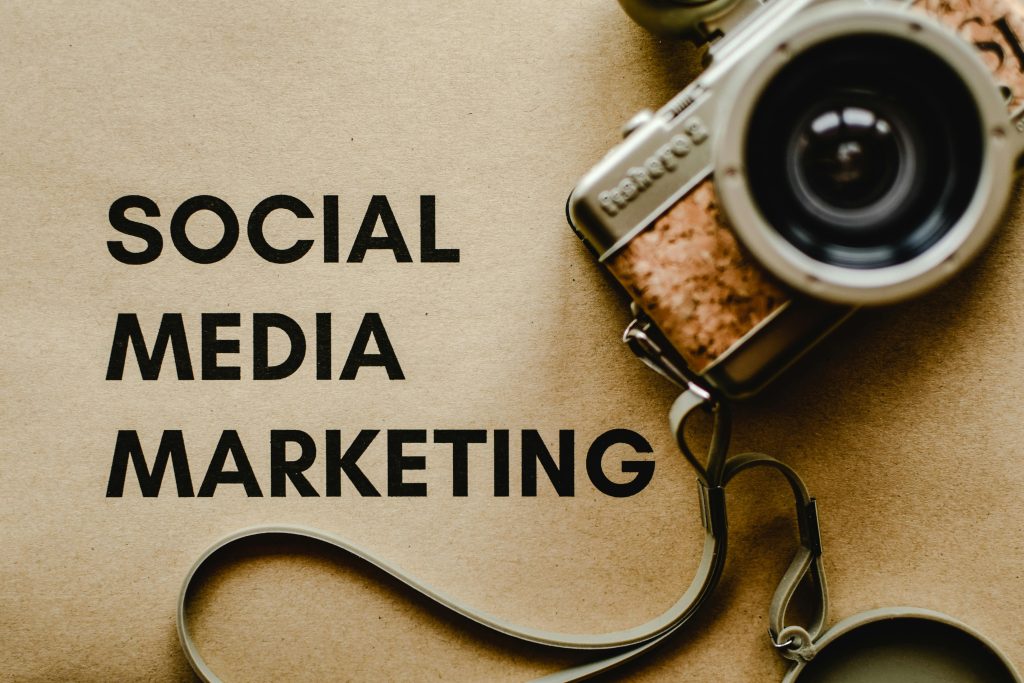
ROI-Driven Digital Marketing: A Complete Guide to Maximizing Returns
In today’s competitive online marketplace, businesses can’t afford to spend money on campaigns that don’t deliver measurable results. That’s why ROI-driven digital marketing has become a cornerstone of success. Instead of running campaigns blindly, businesses now focus on strategies that maximize return on investment (ROI).
Whether you are a startup, small business, or enterprise, the ability to measure and optimize digital marketing campaigns ensures better growth, higher conversions, and long-term sustainability. In this comprehensive guide, we will explore everything about ROI-driven digital marketing—what it is, why it matters, strategies to implement, tools to use, challenges, and future trends.
What is ROI-Driven Digital Marketing?
ROI-driven digital marketing refers to creating, executing, and optimizing digital strategies with a focus on measurable financial returns. Instead of just aiming for visibility, it ensures that every dollar spent on campaigns contributes to business growth.
The formula for ROI in digital marketing is simple:
ROI = (Net Profit from Campaign – Cost of Campaign) ÷ Cost of Campaign × 100
For example, if you spend $1,000 on a campaign and generate $5,000 in revenue, your ROI is 400%.
Why ROI-Driven Digital Marketing Matters
Here’s why ROI-driven digital marketing is essential for modern businesses:
-
- Maximized Efficiency – Ensures that marketing budgets are used wisely.
-
- Data-Driven Decisions – Campaigns are based on analytics, not guesswork.
-
- Improved Profitability – Helps businesses increase returns with optimized strategies.
-
- Competitive Edge – Businesses that track ROI outperform those that don’t.
-
- Scalability – Profitable campaigns can be expanded for larger growth.
Key Elements of ROI-Driven Digital Marketing
For successful ROI-driven digital marketing, businesses must focus on these elements:
-
- Clear Goals – Define whether the goal is lead generation, sales, or brand awareness.
-
- Target Audience Research – Identify customer demographics, behavior, and pain points.
-
- Multi-Channel Approach – Use SEO, PPC, social media, email, and content marketing.
-
- Performance Tracking – Monitor metrics like CPA (Cost Per Acquisition), CTR (Click Through Rate), and ROAS (Return on Ad Spend).
-
- Optimization – Continuously test and refine campaigns for better results.
ROI-Driven Digital Marketing Strategies
1. Search Engine Optimization (SEO)
SEO is one of the most cost-effective ROI-driven digital marketing strategies. By ranking higher on Google, businesses attract organic traffic that generates long-term returns.
2. Pay-Per-Click Advertising (PPC)
PPC allows precise targeting and measurable ROI. Every click, impression, and conversion can be tracked, ensuring full control over ad spend.
3. Content Marketing
High-quality blogs, videos, and infographics drive traffic and establish authority. When optimized for ROI, content converts leads into customers.
4. Social Media Marketing
Platforms like Instagram, Facebook, and LinkedIn allow businesses to reach their target audience, build engagement, and drive measurable conversions.
5. Email Marketing
ROI from email marketing is among the highest in digital marketing. Personalized campaigns nurture leads and encourage repeat purchases.
6. Conversion Rate Optimization (CRO)
Small changes to landing pages, CTAs, and website design can boost conversions, making campaigns more profitable.
7. Marketing Automation
Using tools to automate repetitive tasks improves efficiency and ensures that campaigns remain ROI-driven.
Benefits of ROI-Driven Digital Marketing
-
- Better Budget Allocation – Spend money on what works.
-
- Transparency – Every campaign’s success is measurable.
-
- Improved Customer Insights – Understand what customers respond to.
-
- Long-Term Growth – Build sustainable campaigns that generate consistent ROI.
-
- Reduced Wastage – No more guesswork or ineffective spending.
Measuring ROI in Digital Marketing
To succeed with ROI-driven digital marketing, businesses must track key metrics:
-
- Customer Acquisition Cost (CAC)
-
- Customer Lifetime Value (CLV)
-
- Cost Per Lead (CPL)
-
- Return on Ad Spend (ROAS)
-
- Conversion Rate
-
- Engagement Rate
By analyzing these, businesses can identify which channels deliver the best returns.
Tools for ROI-Driven Digital Marketing
-
- Google Analytics – Tracks traffic, conversions, and ROI.
-
- SEMrush / Ahrefs – For SEO ROI tracking.
-
- HubSpot – Automates and measures inbound campaigns.
-
- Google Ads & Facebook Ads Manager – Tracks ad spend and returns.
-
- Mailchimp – Measures email campaign ROI.
Challenges in ROI-Driven Digital Marketing
While highly beneficial, there are challenges:
-
- Long-Term ROI Measurement – Some strategies like SEO take time.
-
- Attribution Issues – Hard to know which channel drove the final conversion.
-
- Data Overload – Too much data can be confusing.
-
- Budget Constraints – Small businesses may find advanced tools costly.
Case Studies of ROI-Driven Digital Marketing
Example 1: E-commerce Brand
A small e-commerce store invested $2,000 in PPC ads and generated $12,000 in sales within a month—ROI of 500%.
Example 2: Local Business
A local café used SEO and social media marketing with a $500 budget, increasing footfall by 60% and online orders by 40%.
Example 3: SaaS Company
By implementing content marketing and email automation, a SaaS startup increased its ROI by 300% within six months.
ROI-Driven Digital Marketing for Small Businesses
Small businesses often work with tight budgets, making ROI-driven digital marketing even more important. Affordable strategies like SEO, content marketing, and email provide the best returns without heavy investment.
Future of ROI-Driven Digital Marketing
With AI, machine learning, and predictive analytics, the future of ROI-driven digital marketing looks promising. Businesses will be able to predict ROI before campaigns are launched, ensuring maximum profitability.
Tips to Improve ROI in Digital Marketing
-
- Define SMART goals (Specific, Measurable, Achievable, Relevant, Time-bound).
-
- Use A/B testing for ads and landing pages.
-
- Focus on high-converting channels.
-
- Retarget potential customers with personalized ads.
-
- Invest in analytics and reporting tools.


